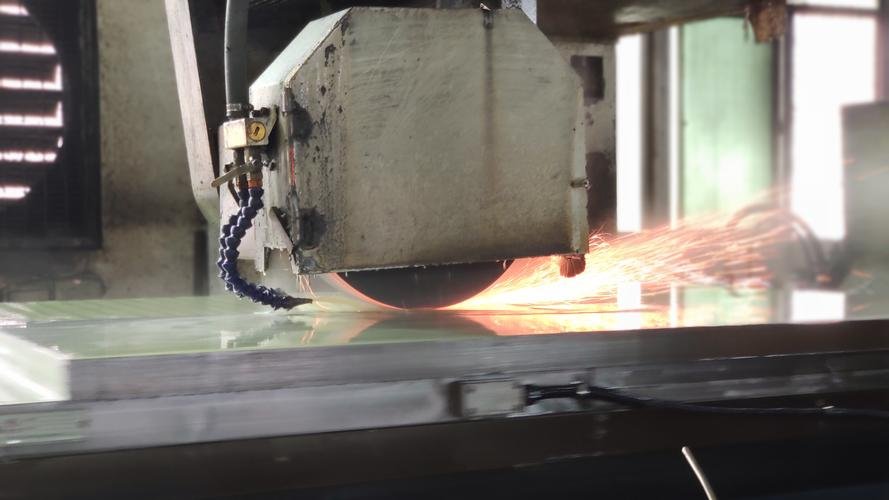
Surface grinding
Core Process Principle
A high-speed rotating grinding wheel (operating at 3000-6000 RPM) performs micro-cutting on the workpiece surface. The grinding wheel consists of abrasives such as aluminum oxide, silicon carbide, cubic boron nitride (CBN), or diamond, bonded with resin or metal binders to form a porous structure. During machining, the workpiece is secured via electromagnetic chucks, vacuum chucks, or mechanical fixtures.
Longitudinal or transverse contact feed removes excess material and enhances surface finish, achieving precise forming of flat surfaces, stepped surfaces, or grooves. This process improves part performance and extends service life.
Comprehensive Application Coverage
Aerospace
Critical Components: Turbine blades, aerospace fasteners, landing gear assemblies, structural parts
Automotive Industry
Core Components: Engine blocks, crankshafts, transmission gears, brake discs
Medical Devices
Precision Manufacturing: Orthopedic implants (hip, knee), surgical instruments, dental implants
Mold Manufacturing
Typical Applications: Finishing cavities in injection molds, die-casting molds, and stamping dies
